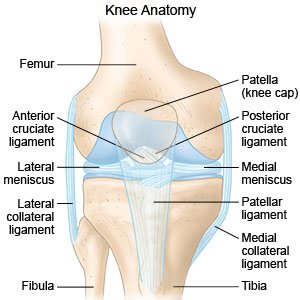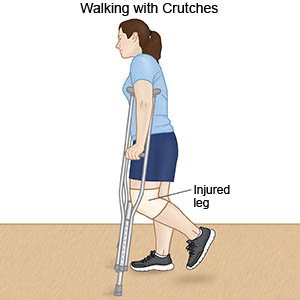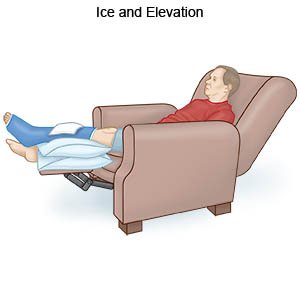Patellar Fracture in Children
Medically reviewed by Drugs.com. Last updated on Aug 4, 2025.
A patellar fracture is a break in your child's kneecap.
 |
DISCHARGE INSTRUCTIONS:
Call your local emergency number (911 in the US) if:
- Your child suddenly feels lightheaded and short of breath.
- Your child has chest pain when he or she takes a deep breath or coughs.
- Your child coughs up blood.
Return to the emergency department if:
- Your child's cast or splint breaks or gets damaged.
- Your child says that his or her foot or toes feel numb.
- Your child's foot or toes are swollen, cold, or turn white or blue.
Call your child's doctor or bone specialist if:
- Your child has a fever.
- Your child's knee pain gets worse, even after treatment.
- You have questions or concerns about your child's condition or care.
Medicines:
Your child may need any of the following:
- Prescription pain medicine may be given. Ask your child's healthcare provider how to give this medicine safely. Some prescription pain medicines contain acetaminophen. Do not give your child other medicines that contain acetaminophen without talking to a healthcare provider. Too much acetaminophen may cause liver damage. Prescription pain medicine may cause constipation. Ask your child's healthcare provider how to prevent or treat constipation.
- Antibiotics help prevent or fight a bacterial infection. These may be needed if your child has an open fracture.
- Do not give aspirin to children younger than 18 years. Your child could develop Reye syndrome if he or she has the flu or a fever and takes aspirin. Reye syndrome can cause life-threatening brain and liver damage. Check your child's medicine labels for aspirin or salicylates.
- Give your child's medicine as directed. Contact your child's healthcare provider if you think the medicine is not working as expected. Tell the provider if your child is allergic to any medicine. Keep a current list of the medicines, vitamins, and herbs your child takes. Include the amounts, and when, how, and why they are taken. Bring the list or the medicines in their containers to follow-up visits. Carry your child's medicine list with you in case of an emergency.
Care for your child:
- Have your child rest his or her knee as directed. Crutches help rest and support your child's knee when he or she walks. Your child's healthcare provider will tell you when your child can start to use crutches. Follow instructions about how much weight your child can put on the leg.

- Apply ice to help decrease swelling and pain. Use an ice pack, or put crushed ice in a plastic bag. Cover it with a towel before you place it on your child's knee or supportive device. Apply ice for 15 to 20 minutes every hour for 2 days, or as directed.

- Elevate your child's knee above the level of his or her heart as often as you can. This will help decrease swelling and pain. Prop your child's leg on pillows or blankets to keep it elevated comfortably. Do not put pillows directly under your child's knee.

Brace, cast, or splint care:
- Check the skin around the device every day. Apply lotion to any red or sore areas.
- Ask your child's healthcare provider when he or she can bathe. Do not get the device wet. Cover it with a plastic bag. Tape the bag above the device to prevent water from getting in. Help your child keep his or her knee out of the water as much as possible.
- Tell your child not to push or lean on any part of a cast or splint.
- Do not let your child put any sharp or pointed objects inside the cast.
Take your child to physical therapy
if directed. A physical therapist can teach your child exercises to help improve movement and strength, and decrease pain.
Follow up with your child's doctor or bone specialist as directed:
Your child may need to return to have his or her stitches removed. Write down your questions so you remember to ask them during your child's visits.
© Copyright Merative 2025 Information is for End User's use only and may not be sold, redistributed or otherwise used for commercial purposes.
The above information is an educational aid only. It is not intended as medical advice for individual conditions or treatments. Talk to your doctor, nurse or pharmacist before following any medical regimen to see if it is safe and effective for you.
Further information
Always consult your healthcare provider to ensure the information displayed on this page applies to your personal circumstances.
